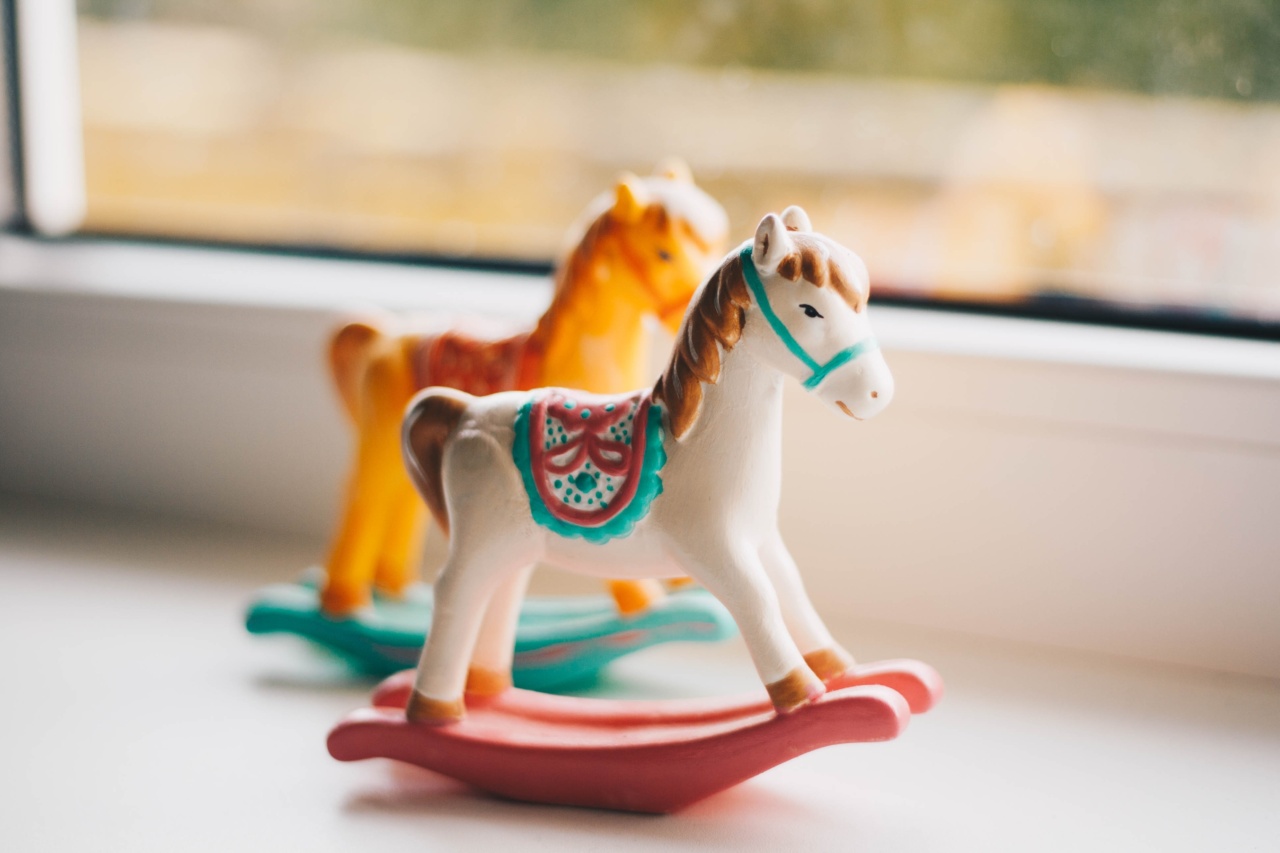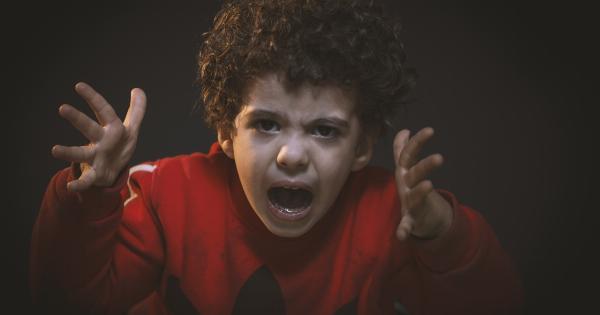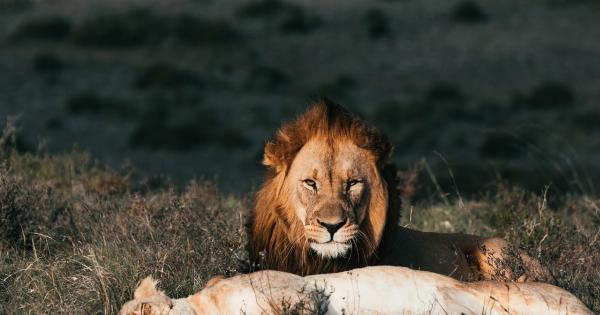Animal cruelty is a serious issue and when it involves children, it requires a more nuanced approach to understand the problem.
Animal abuse in children is often linked to several other issues such as mental health problems, abuse at home, or lack of a healthy environment. As parents, caregivers, and educators, it’s our responsibility to identify and address these issues early on.
Introduction
Animal abuse is a prevalent problem in society and it often starts with children. Research shows that about 70% of people who engage in animal cruelty have a history of childhood cruelty towards animals.
Animal abuse can take various forms such as neglect, physical abuse, and emotional abuse. Children who are exposed to violence and abuse at a young age are more likely to develop aggressive and antisocial behavior which is often directed towards animals.
Root Causes of Animal Abuse in Children
There are several reasons why children may engage in animal abuse. These include:.
Lack of Empathy and Compassion
Children who lack empathy and compassion towards animals are more likely to engage in animal abuse. This lack of empathy can be due to a variety of reasons such as poor parenting, lack of supervision, or even genetics.
Modeling Behavior
Children often model the behavior of the adults around them. If they see their parents or other adults engaging in animal abuse, they are more likely to imitate that behavior.
Mental Health Issues
Children who suffer from mental health problems such as depression, anxiety, or conduct disorder are more likely to engage in animal abuse.
These children may be struggling with their emotions and they may express their frustration and anger by abusing animals.
Effects of Animal Abuse on Children
Animal abuse can have severe consequences on children’s mental and emotional wellbeing. It can also lead to a more significant risk of developing criminal behavior later in life. Here are some of the effects of animal abuse on children:.
Desensitization to Violence
Children who engage in animal abuse become desensitized to violence which can lead to an increased tolerance for violent behavior.
This can lead to a cycle of violence where they become more likely to engage in violent behavior towards other people as well.
Relationship Issues
Children who engage in animal abuse may have difficulty forming healthy relationships with people.
Their abusive behavior towards animals can translate into abusive behavior towards people, which can lead to difficulty maintaining positive relationships with others.
Mental Health Problems
Children who engage in animal abuse are more likely to suffer from mental health problems such as depression, anxiety, and post-traumatic stress disorder. These problems can persist into adulthood and affect the child’s quality of life.
Preventing Animal Abuse in Children
Preventing animal abuse in children is the responsibility of parents, caregivers, and educators. Here are some ways to prevent animal abuse:.
Teaching Empathy and Compassion
Parents and educators should focus on teaching children empathy and compassion towards animals. This can be done through education, exposure to animals, and modeling positive behavior.
Early Intervention
Early intervention is crucial to prevent animal abuse in children. Parents and caregivers should be vigilant and take action if they notice signs of animal abuse or aggressive behavior in children.
Therapy
Children who engage in animal abuse may require therapy to address any underlying mental health problems. Therapy can also help them develop healthier coping mechanisms and better control their emotions.
Conclusion
Animal abuse in children is a serious problem that requires a multidisciplinary approach to address.
Parents, caregivers, and educators can play a critical role in preventing animal abuse in children by teaching empathy and compassion, early intervention, and seeking therapy when necessary.




























